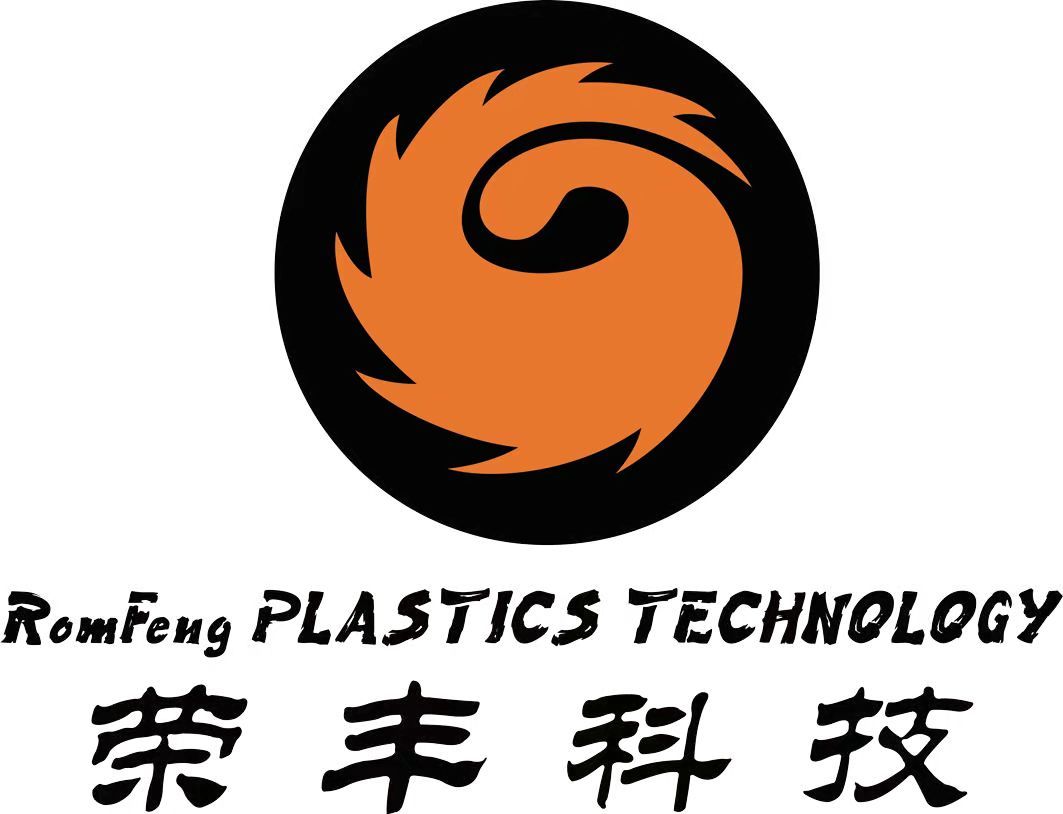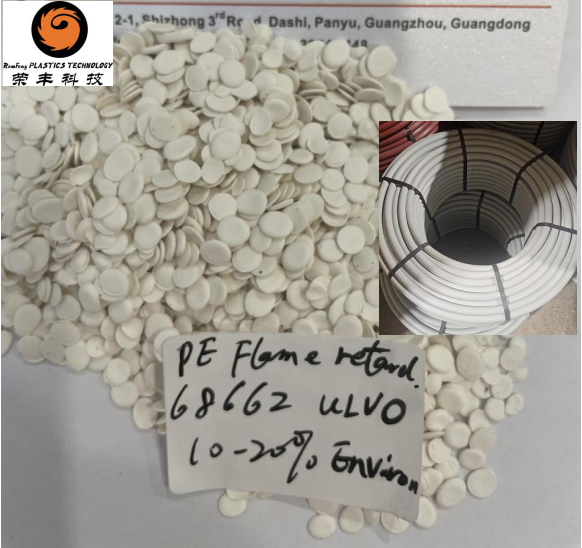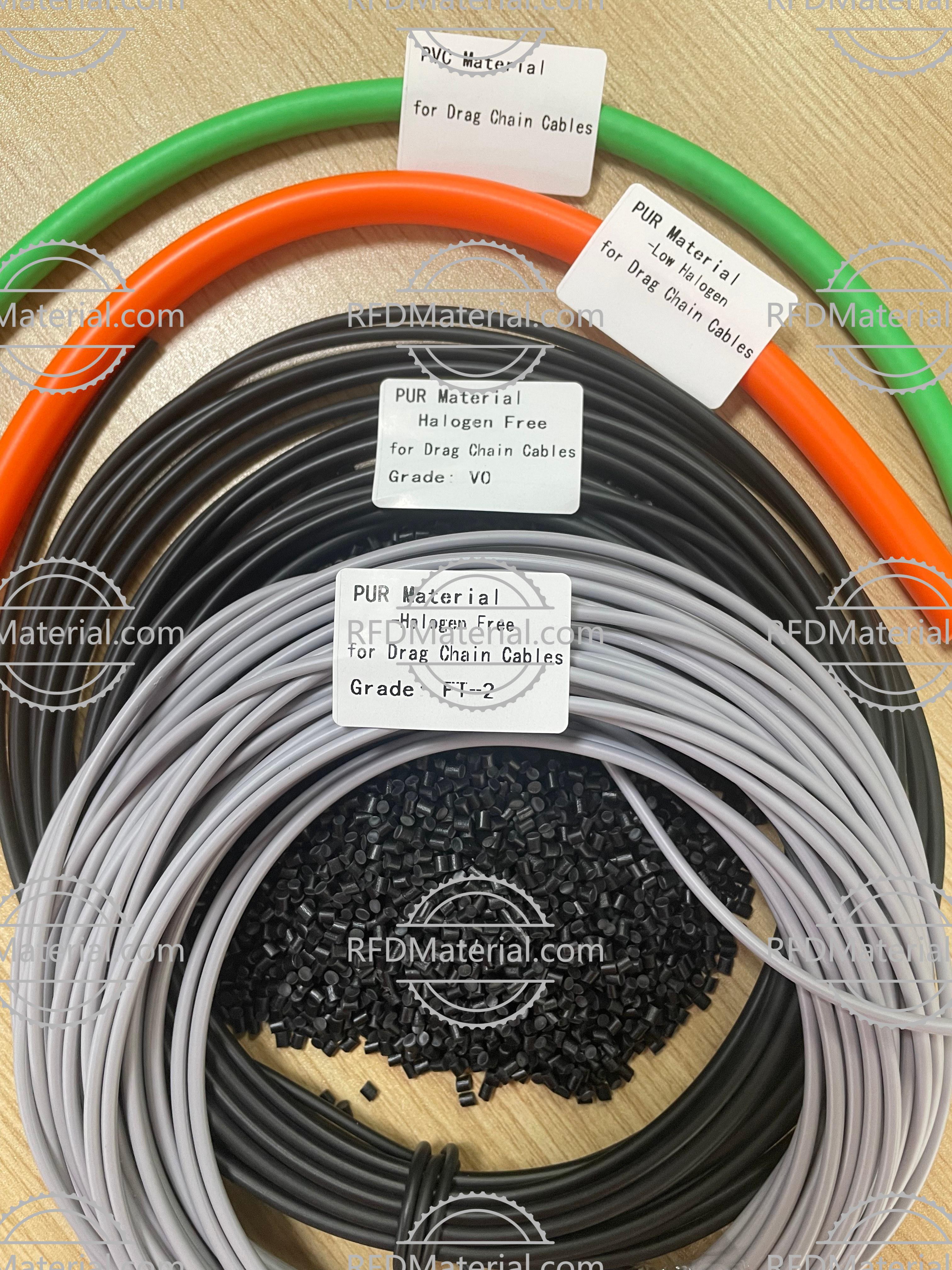Enhancing Wheat Straw Pellets with Color Masterbatch: A Guide for Professionals
Release time:
2025-08-18 18:00
Source:
In the realm of eco-friendly innovations, the integration of color masterbatch for wheat straw pellets has emerged as a transformative approach within the plastics and chemical sector. Wheat straw, a renewable agricultural byproduct, serves as an excellent base material for producing biodegradable pellets. The incorporation of color masterbatch not only enhances aesthetic appeal but also plays a pivotal role in product differentiation in the marketplace.
Color masterbatch is essentially a concentrated mixture of pigments and additives encapsulated in a carrier resin. When applied to wheat straw pellets, it provides vibrant colors and can improve the overall visual quality of the final product. This is particularly important in applications where visual appeal is a key factor, such as in consumer goods or landscaping materials.
One of the primary advantages of using color masterbatch for wheat straw pellets is its ability to maintain the physical properties of the base material. Unlike traditional coloring methods, which may compromise the structural integrity or degrade the material, color masterbatch ensures that the characteristics of wheat straw pellets remain intact. This results in a product that is not only visually attractive but also retains the necessary performance attributes for a variety of applications.
Moreover, the use of color masterbatch can facilitate branding efforts. Companies looking to establish a unique identity in the market can utilize specific colors associated with their brand, thereby making their products easily recognizable. This strategic differentiation can significantly impact consumer choices, making it an essential consideration in product development.
In addition to aesthetics, color masterbatch can also incorporate functional additives that provide benefits such as UV stabilization or antimicrobial properties. These enhancements can make wheat straw pellets suitable for outdoor applications or environments where hygiene is a priority, expanding the potential market reach.
When selecting a color masterbatch for your wheat straw pellet production, it is crucial to consider factors such as compatibility with the base resin, the intended application, and the desired durability of the color. Consulting with suppliers who specialize in additives for bioplastics can provide valuable insights and help you choose the right formulation for your needs.
In summary, the implementation of color masterbatch for wheat straw pellets can significantly elevate the quality, appeal, and marketability of bio-based products. As the demand for sustainable alternatives continues to rise, leveraging color masterbatch technology represents a strategic opportunity for professionals in the chemical and plastic industries to enhance their offerings while contributing to environmental sustainability. By focusing on innovation and quality, businesses can not only meet market demands but also lead the way toward a more sustainable future.
Color masterbatch is essentially a concentrated mixture of pigments and additives encapsulated in a carrier resin. When applied to wheat straw pellets, it provides vibrant colors and can improve the overall visual quality of the final product. This is particularly important in applications where visual appeal is a key factor, such as in consumer goods or landscaping materials.
One of the primary advantages of using color masterbatch for wheat straw pellets is its ability to maintain the physical properties of the base material. Unlike traditional coloring methods, which may compromise the structural integrity or degrade the material, color masterbatch ensures that the characteristics of wheat straw pellets remain intact. This results in a product that is not only visually attractive but also retains the necessary performance attributes for a variety of applications.
Moreover, the use of color masterbatch can facilitate branding efforts. Companies looking to establish a unique identity in the market can utilize specific colors associated with their brand, thereby making their products easily recognizable. This strategic differentiation can significantly impact consumer choices, making it an essential consideration in product development.
In addition to aesthetics, color masterbatch can also incorporate functional additives that provide benefits such as UV stabilization or antimicrobial properties. These enhancements can make wheat straw pellets suitable for outdoor applications or environments where hygiene is a priority, expanding the potential market reach.
When selecting a color masterbatch for your wheat straw pellet production, it is crucial to consider factors such as compatibility with the base resin, the intended application, and the desired durability of the color. Consulting with suppliers who specialize in additives for bioplastics can provide valuable insights and help you choose the right formulation for your needs.
In summary, the implementation of color masterbatch for wheat straw pellets can significantly elevate the quality, appeal, and marketability of bio-based products. As the demand for sustainable alternatives continues to rise, leveraging color masterbatch technology represents a strategic opportunity for professionals in the chemical and plastic industries to enhance their offerings while contributing to environmental sustainability. By focusing on innovation and quality, businesses can not only meet market demands but also lead the way toward a more sustainable future.
Color Masterbatch For Wheat Straw Pellets








